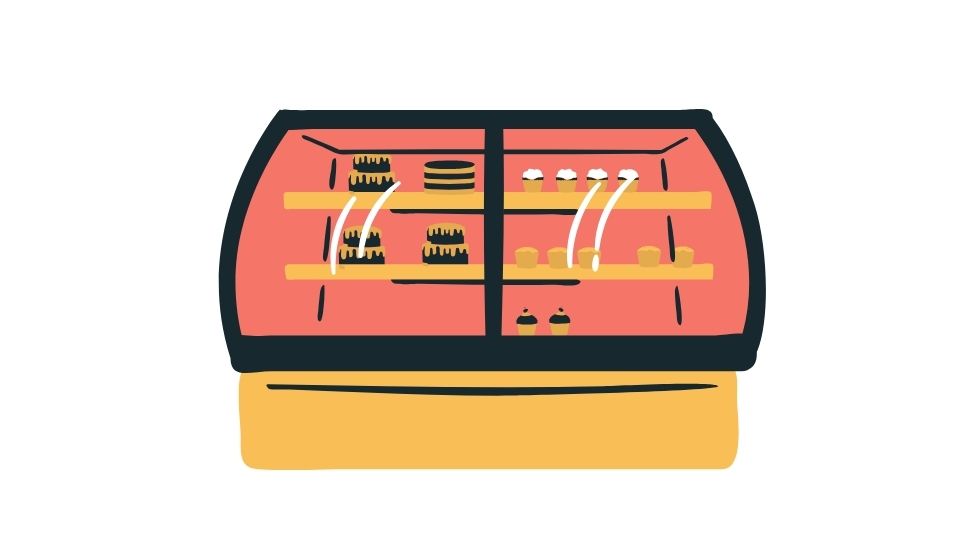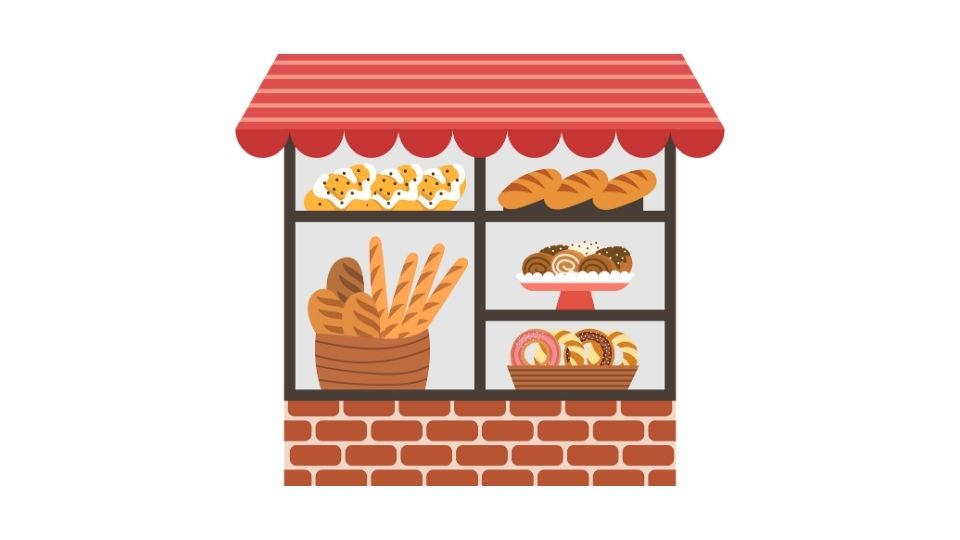When it comes to food handling in display cases, there’s a clear winner in the safety department, and it’s not your bare hands.
Food workers should be using either disposable gloves or clean utensils when grabbing those donuts from the bakery case or serving up that potato salad at the deli counter. And it’s not just a suggestion – it’s often the law.
Let’s dive into why this matters and how to do it right.

Why You Need a Barrier Between Your Hands and Food
Ever notice how some food workers change gloves constantly while others seem to wear the same pair all day? Spoiler alert: one of these approaches is very wrong.
Glove Basics: What You Need to Know

Disposable gloves aren’t all created equal. For food service, you want FDA-approved gloves made from food-safe materials like:
- Nitrile (great for those with latex allergies)
- Vinyl (economical option)
- Latex (the classic, but watch for allergies)
These create that critical barrier between potentially germ-laden hands and the food we eat. According to the FDA, proper glove use can dramatically reduce foodborne illness rates.
But here’s the thing – gloves are not magical shields that repel all contamination forever.
The effectiveness of gloves depends entirely on how they’re used:
- Change them frequently (at least every 4 hours for continuous tasks)
- Change between different food tasks (never handle raw chicken then grab lettuce with the same gloves)
- Wash hands thoroughly before putting them on (gloves don’t replace handwashing)
- Store them properly in clean dispensers away from contaminants
Some food safety experts even recommend blue gloves because they’re easier to spot if pieces break off into food. Smart, right?
Beyond Gloves: Other Food Safety Tools
Don’t want to wear gloves? There are alternatives that work just as well:
- Tongs are perfect for picking up most solid foods
- Scoops or spoons work great for anything loose or granular
- Deli papers can be used to handle sandwiches or baked goods
- Specialized serving utensils designed for specific foods
Research from the Journal of Food Protection shows that proper utensil use can be just as effective as gloves in preventing contamination.
Why This Matters: The Danger Zone

The reason we care so much about proper food handling comes down to one thing: preventing foodborne illness.
Ready-to-eat foods are especially vulnerable because they won’t be cooked again to kill any bacteria. That sandwich in the display case? What you see is what you eat – germs and all.
The CDC estimates that about 48 million Americans get sick from foodborne illnesses each year. Many of these cases trace back to improper food handling.
Best Practices for Food Display Cases

Beyond just how you touch the food, there are some critical rules for keeping display case food safe:
Temperature Control is Critical
Food in display cases needs to stay out of the “danger zone” – that’s between 41°F and 135°F (5°C to 57°C), where bacteria multiply like crazy.
Cold foods should stay cold (below 41°F), and hot foods should stay hot (above 135°F). Display cases with temperature controls aren’t just for looks!
Keep Things Separate and Covered
Here’s a mental image you don’t want: raw chicken juice dripping onto a cheesecake.
Good display case management means:
- Keeping raw and ready-to-eat foods separate
- Using clean food-grade containers
- Covering foods with lids or wrap
- Never reusing single-use containers
A study in the International Journal of Food Microbiology found that proper food separation in display cases significantly reduced cross-contamination risk.
Garnish Maintenance Matters
Those pretty kale leaves or lemon slices decorating the display case? They need regular cleaning or replacement too. Decorative doesn’t mean exempt from food safety rules!
What This Means For You

Whether you’re running a food service business or just a hungry customer, understanding proper food handling matters.
For business owners: Training your staff properly on glove use and food handling can literally save your business. One foodborne illness outbreak can destroy your reputation (and lead to some serious legal problems).
For customers: You can vote with your dollars. If you see bare hands touching your ready-to-eat food, maybe reconsider your purchase. Your health is worth it.
Remember, the goal isn’t to make food handling complicated – it’s to keep everyone healthy while still enjoying all the delicious options in those tempting display cases.
And that’s something we can all get behind.




Leave a Reply